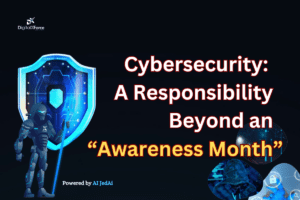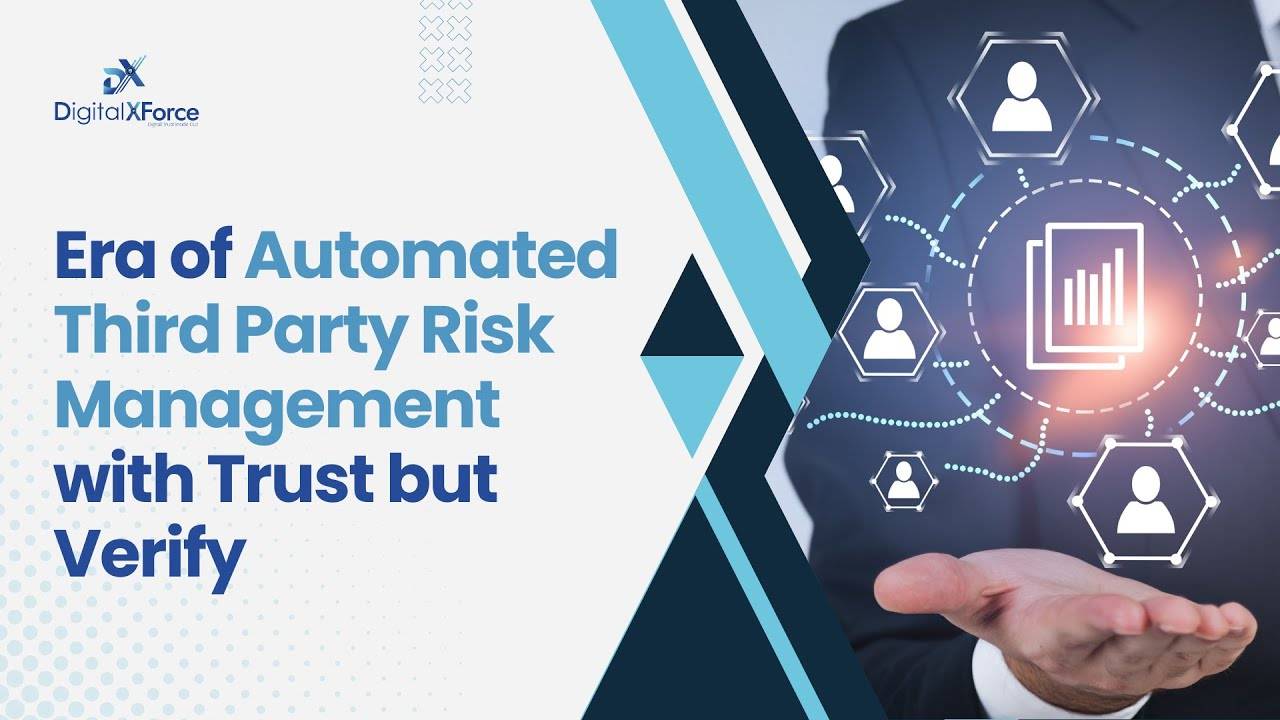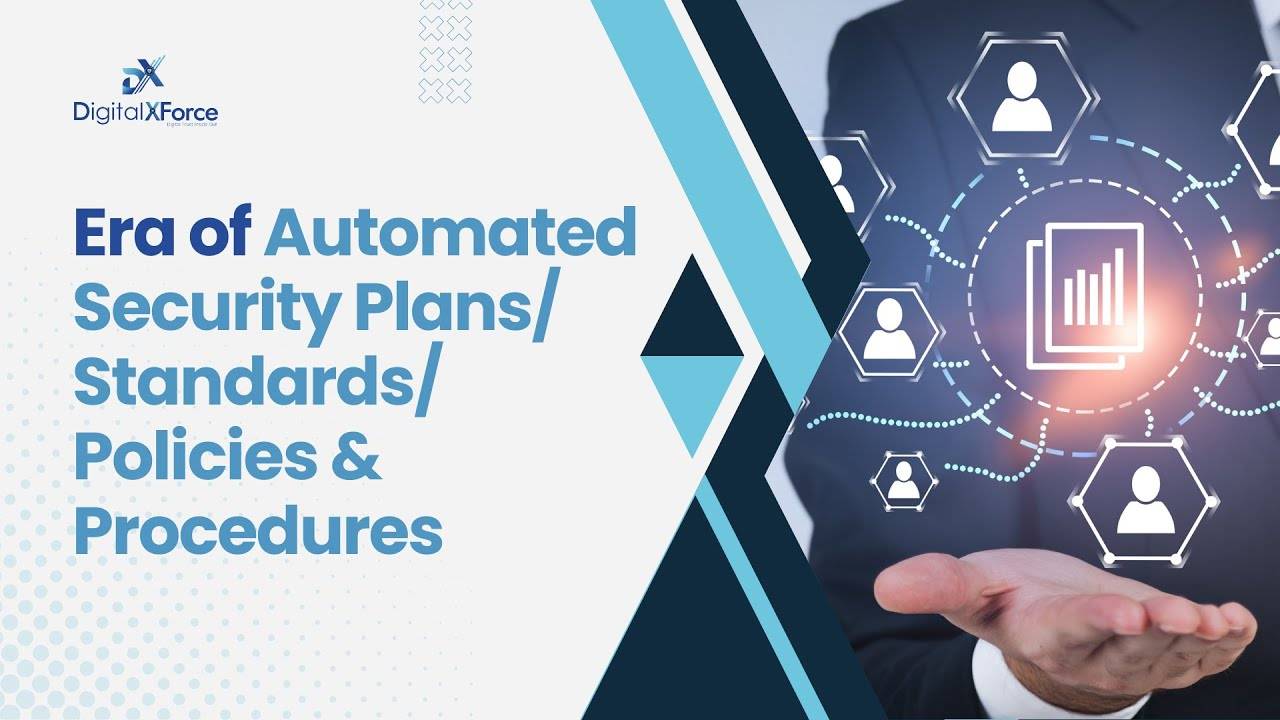
Lalit Ahluwalia is committed to redefining the future of cybersecurity by helping large and small-scale businesses build digital trust. Here, Lalit takes a deep dive into the very reason for a global Cybersecurity Awareness Month, highlighting why YOU should take the responsibility of safeguarding your digital assets round-the-clock and all year round. He aims to help individuals and organizations “breathe, see, and think a CYBER SECURITY beyond October”.

As we approach the end of October 2023, here’s something to keep in mind: Cybersecurity is no longer just a buzzword. It is now a critical aspect of our daily lives. October, designated as National Cybersecurity Awareness Month (NCSAM) in many parts of the world, serves as a reminder of the importance of safeguarding your digital presence. And so far, we celebrate 20 years of NCSAM!
However, cybersecurity is not a responsibility confined to a single month; it’s a year-round commitment that transcends the calendar. That’s what we strongly believe at DigitalXForce – upholding continuous, no-nonsense security to build digital trust.
In this article, we will explore the evolution of National Cybersecurity Awareness Month and emphasize why cybersecurity should be your responsibility throughout the year, not only in the month of October.
Evolution of the National Cybersecurity Awareness Month
The idea of a dedicated month to raise awareness about cybersecurity was conceived over a decade ago. The first National Cybersecurity Awareness Month (NCSAM) was observed in the United States in October 2004. Its primary goal was to educate and inform the public about the increasing threats in the digital realm and how to protect themselves online.
Over the years, the awareness month has evolved to encompass a wide array of topics, reflecting the ever-changing cybersecurity landscape. Each week of NCSAM now has a specific theme, focusing on areas such as online safety, critical infrastructure security, cybersecurity in the workplace, and the future of connected devices.
NCSAM also promotes various educational and awareness campaigns, highlighting best practices in cybersecurity. Prominent organizations and government agencies, including the Department of Homeland Security, collaborate to make this initiative successful. These campaigns aim to provide resources, tips, and tools that you can use to enhance your digital security.
While NCSAM has been instrumental in raising awareness and promoting cybersecurity, it is essential to recognize that cybersecurity isn’t a concern that begins and ends in October. Interestingly, “Secure Our World: 2023 and Beyond” was this year’s theme for the NCSAM, according to a recent CISA report. Your online safety is a year-round responsibility that demands continuous attention and vigilance.
Let’s explore why.
A Year-Round Commitment: Where YOU Come In
Cyber Threats Never Rest:
Cyber threats don’t operate on a schedule, and they don’t pause during the other 11 months of the year. Cybercriminals are always active, seeking vulnerabilities to exploit. Whether it’s phishing emails, malware, ransomware, or data breaches, you remain a potential target every day.
The number of cyberattacks has been increasing steadily. Cybercriminals have become more sophisticated in their tactics, and they often target individuals and organizations when they least expect it. A recent Cybersecurity Ventures report revealed that the cost of cybercrimes is estimated to reach a staggering $8 trillion in 2023, and this figure is expected to surge to $10.5 trillion by 2025.
Your Digital Footprint Grows:
In an increasingly digital world, you leave a trail of data wherever you go online. Your personal and financial information is stored across various platforms, from social media to online banking. This digital footprint continues to expand as you embrace new technologies and services.
See: Perceptions of Digital Footprints and the Value of Privacy
New Technologies, New Risks:
The digital landscape is continuously evolving with emerging technologies like IoT (Internet of Things), 5G, and AI (Artificial Intelligence). While these technologies offer incredible opportunities, they also introduce new cybersecurity risks and vulnerabilities that you must stay informed about and prepared to address. See: 1. A Critical Cybersecurity Analysis and Future Research Directions for the Internet of Things: A Comprehensive Review; 2. Security Technology Guide: Industry Trends For 2023; 3. Huawei’s Position Paper on Cyber Security
Personal and Professional Data at Stake:
Your online activities aren’t limited to personal matters. In a world where remote work is increasingly common, your professional data and communication are also at risk. A breach can have severe consequences for your career and your organization’s reputation. See: 1. How to Maintain Cybersecurity for Your Remote Workers; 2. Remote Work Statistics And Trends In 2023
Taking Responsibility Beyond October
Cybersecurity isn’t solely the domain of IT professionals or cybersecurity experts; it’s everyone’s responsibility. Here’s how you can take an active role in protecting your digital life throughout the year:
1. Stay Informed
- Regularly Read Cybersecurity News: Subscribe to reputable cybersecurity news sources to stay informed about the latest threats and vulnerabilities. At DigitalXForce, we bring you the Cyber Watch series every week, which features the top 10 latest cybersecurity stories from 50+ reliable news sources on the web. This knowledge will help you adapt your practices to current risks.
- Follow Best Practices: Continually educate yourself on best practices for online safety, data protection, and secure device use.
2. Implement Strong Security Measures
- Use Strong, Unique Passwords: Avoid using easily guessable passwords and employ password managers to generate and store complex, unique passwords for your accounts.
- Enable Multi-Factor Authentication (MFA): Whenever possible, activate MFA to add an extra layer of security to your online accounts.
- Keep Software Updated: Regularly update your operating systems and applications to patch security vulnerabilities.
3. Exercise Caution
- Beware of Phishing Attempts: Be cautious about clicking on suspicious links or sharing personal information in response to unexpected emails or messages. Verify the sender’s authenticity.
- Think Before You Share: Consider the privacy implications of what you post on social media and the information you share with third-party apps and services.
- Secure Your Wi-Fi: Change default router passwords, use WPA3 encryption, and avoid public Wi-Fi networks for sensitive tasks.
4. Protect Personal and Professional Data
- Use Encryption: Encrypt your devices and communications to protect your data from unauthorized access.
- Back-Up Data: Regularly back up your important data to prevent data loss in case of ransomware attacks or hardware failures.
5. Educate Others
- Share Knowledge: Help friends and family understand the importance of cybersecurity and teach them how to protect themselves online.
- Promote Cybersecurity in the Workplace: If you’re in a position to do so, encourage cybersecurity awareness and training in your workplace.
Conclusion
Cybersecurity Awareness Month serves as an important reminder of the digital threats we face and the steps we can take to mitigate them. However, cybersecurity is not confined to a single month of awareness; it’s a year-round commitment that demands continuous vigilance, education, and action.
Recent research and news articles highlight the increasing prevalence and sophistication of cyber threats. With your digital footprint continually growing, it’s imperative to stay informed about emerging technologies and the associated risks. Both your personal and professional data are at stake, making cybersecurity a shared responsibility.
Taking an active role in your online security by staying informed, implementing strong security measures, exercising caution, protecting your data, and educating others is essential. Cybersecurity is not just a responsibility; it’s a way of life in our increasingly digital world. By embracing this responsibility beyond an “Awareness Month,” you can safeguard your digital presence year-round.
Related Articles
Unlocking TRUST In Your Cybersecurity Program
Think Like an Attacker, Act Like a ‘Bouncer’
Moving From Qualitative to Quantitative Cyber Risk Modeling With DigitalXForce



